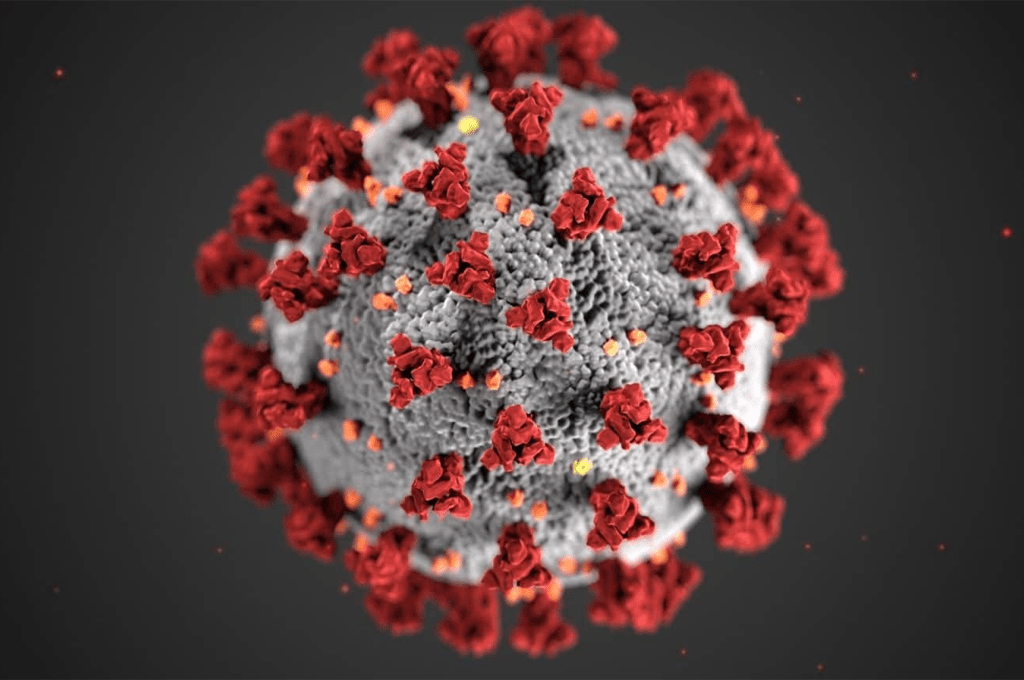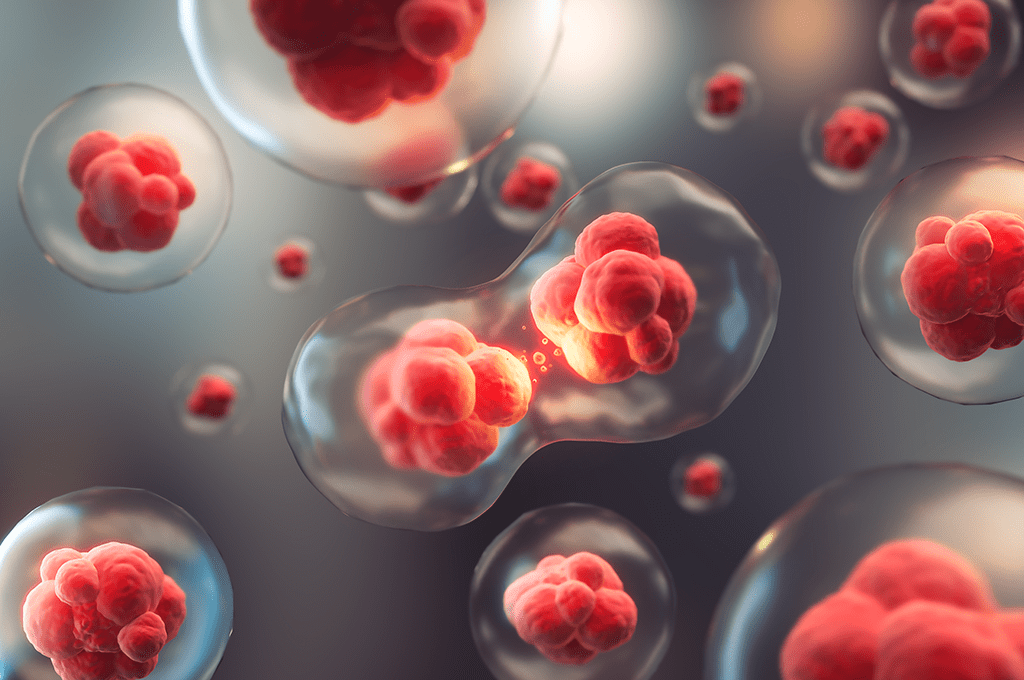The Human Cell Atlas selected as one of ten emerging technologies to make a change to society
This week, Scientific American announced ten emerging technologies with innovations that are on the verge of changing society. One of the technologies selected was the Human Cell Atlas, which aims to integrate research exploring the building-blocks of human cells using new emerging technologies. One of the projects underlying the Human Cell Atlas is the Human Protein Atlas with the ultimate aim to provide a spatial map of all human proteins using a combination of “big data technologies”.
The list of ten emerging technologies was compiled in a collaboration between Scientific American and the World Economic Forum’s Expert Network with suggestions from members of the Expert Network, the forum’s Global Future Councils and Scientific American’s board of advisers. The group whittled down the choices by focusing on technologies showing signs of being ready to move to the next level with significant benefits to societies and economies.
One of the ten emerging technologies selected was the Human Cell Atlas, which aims to integrate research exploring all the “omes”: the genome (the full set of genes), the transcriptome (the RNA made from all genes), the proteome (the proteins), the metabolome (small molecules, such as sugars, fatty acids and amino acids, involved or generated by cellular processes), and the fluxome (metabolic reactions whose rates can vary under different conditions). The project, has been made technically feasible by a array of technological achievements for profiling single human cells at any given time. The integrated results will lead to a tool that will simulate all the types and states of cells in our body and provide new understandings of disease processes. In a recent meeting (May 2017) in Stockholm, the Facebook related Chan Zuckerberg Initiative announced that they will fund financial and engineering support to build an open data-coordination platform to organize the results and to make the data sharable by researchers in the project and beyond.
“We are excited about the efforts to create a Human Cell Atlas and the addition of new emerging tools to create a knowledge-based platform for understanding the human cell” says Mathias Uhlen, Director of the international Human Protein Atlas consortium. “Completing the Human Cell Atlas is a mammoth task that needs the participation of many international collaborations and the combined knowledge-base will be an immeasurably valuable tool to model the plethora of dynamic components that enable life and to create a resource that can be used to explore new ideas for therapies and diagnostics in the near future”.
Read the article in Scientific American:
https://www.scientificamerican.com/report/top-10-emerging-technologies-of-20171/
About the Human Protein Atlas project
The Human Protein Atlas project, funded by the Knut and Alice Wallenberg Foundation, has been set up to allow for a systematic exploration of the human proteome using antibody-based proteomics. This is accomplished by combining high-throughput generation of affinity-purified antibodies with protein profiling in a multitude of tissues and organs assembled in tissue microarrays, to explore protein expression patterns on a cell type-specific level. Confocal microscopy analysis using human cell lines is performed for more detailed protein localization inside the cell. The program hosts the Human Protein Atlas portal with expression profiles of human proteins in tissues and cells. The main sites are located at AlbaNova and SciLifeLab (Science for Life Laboratory), KTH – Royal Institute of Technology, Stockholm, Sweden, the Rudbeck Laboratory, Uppsala University, Uppsala, Sweden and Chalmers, Göteborg, Sweden. For more information on the Human Protein Atlas, visit our website at www.proteinatlas.org




